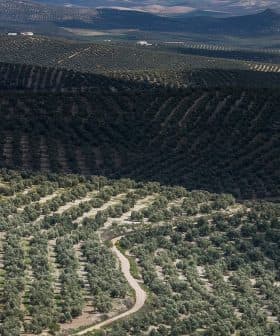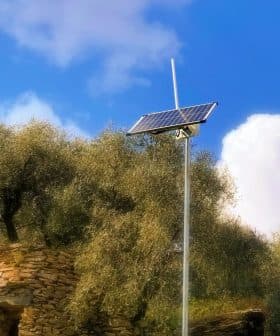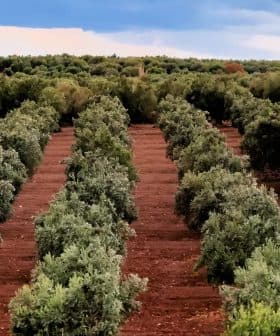Two More Spanish Extra Virgin Olive Oils Close to Clinching PDO Status
The Arróniz olive variety in Aceite de Navarra oils has a high level of oleic acid, making it a hallmark of the product, which is in the final stretch of EU registration as a PDO. The unique climatic conditions, calcareous soils, and early harvesting in the production area of Aceite de Navarra contribute to its extraordinary organoleptic properties, while the Aceite de Lucena oils are known for their mild taste and aroma due to the Hojiblanca olive variety.

The native Arróniz olive variety is one hallmark of extra virgin olive oils from Navarra and another is their high level of oleic acid — over 72 percent of total fatty acids, according to a Protected Designation of Origin application recently published in the official Journal of the European Union.
Along with Aceite de Lucena, also from Spain, Aceite de Navarra is now in what could be in the final stretch of the long road to EU registration as a PDO product. If there are no objections in the next six months, the new PDOs should be granted.
Aceite de Navarra
Chelo Dolado, secretary of the Aceite de Navarra PDO, told Olive Oil Times this would mark the end of a process that started officially in May 2008, though the area had enjoyed temporary national protection in Spain since then.
According to its PDO application published on October 24, the presence of the Arróniz variety — alone or in a blend with the Empeltre and Arbequina varieties — helps give Aceite de Navarra oils their characteristic yet well balanced bitterness and pungency.
The production area in north-eastern Spain is mostly in the Ebro river valley and ringed west to east by mountains which block humid winds off the Cantabrian coast. This instead allows the influence of the cold and dry Cierzo wind from the north-east.
The combined effect of these climatic conditions, calcareous soils, and early harvesting to avoid early frosts give the oils “extraordinary organoleptic properties, which are characterized by an average fruitiness of over 4,5, with green notes” the application says.
They have a maximum acidity of 0.3 percent and maximum peroxide value of 15meq O2/kg.
Families provide the labor, consume the oil
Olive growing in the area has always featured family labor, and much of the oil is still consumed by the producers themselves. In 2010, the 5,344 hectares of olive cultivation was spread among 19,500 land parcels and more than 8,000 olive growers.
“Since ancient times, the three varieties of Arróniz, Empeltre and Arbequina have coexisted in percentages that vary from one area to another. In a plot of one of the three varieties, it is very common to find trees of another variety (‘male’ olive trees) interspersed, especially in old fields, in the belief that this favors pollination” the application says.
Aceite de Lucena
Located in the south of the province of Córdoba, the Aceite de Lucena production area is marked by calcium rich soils, cold-temperate winters and hot, dry summers. These factors help produce extra virgins that are rich in polyphenols, according to the PDO application, published on November 16.
Oils from this area are said to have a minimum of 100ppm but average of 350ppm of caffeic acid, acidity of no more than 0.8 but typically between 0.1 and 0.3 percent by volume, and peroxide value of no more than 15meq O2/kg.
Hojiblanca determines the taste
They owe their mild taste and aroma, along with a characteristic almond-like fruitiness, to the Hojiblanca olive, the staple in the area. More than 90 percent of the fruit used to make the oils comes from this variety but others used include Arbequina, Picual, Lechín, Tempranilla, Ocal, Campanile and Chorruo.
The color of the oils is predominantly green and the dominant aroma is freshly cut grass.
“The early harvesting leads to the formation of trans-2-hexenal aldehyde which causes an aroma of green grass to develop provided the process is handled with care, the temperature is not raised, and not much water is used.”
“This also imparts a predominantly green color to the oil, which turns more golden, almost yellowish green as olives are harvested later in the season” the application says.









